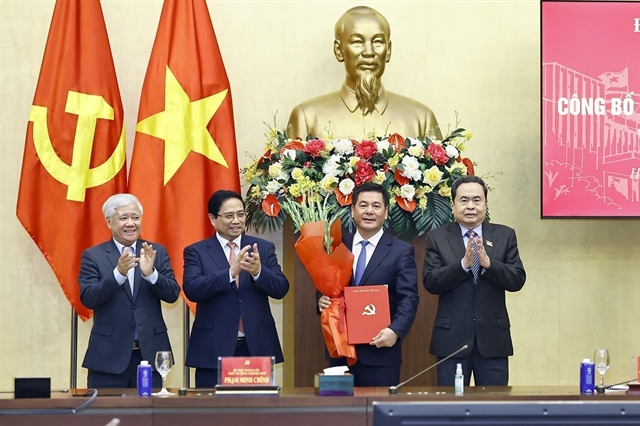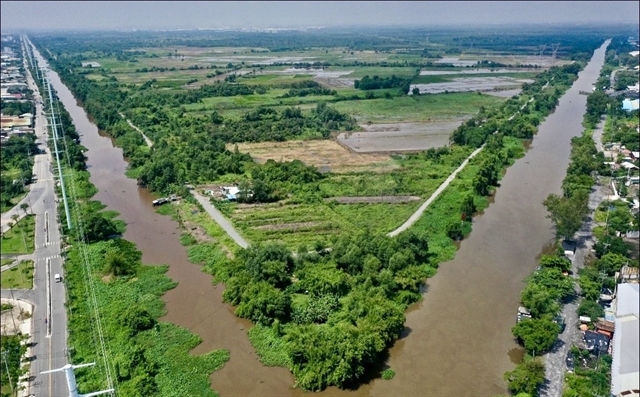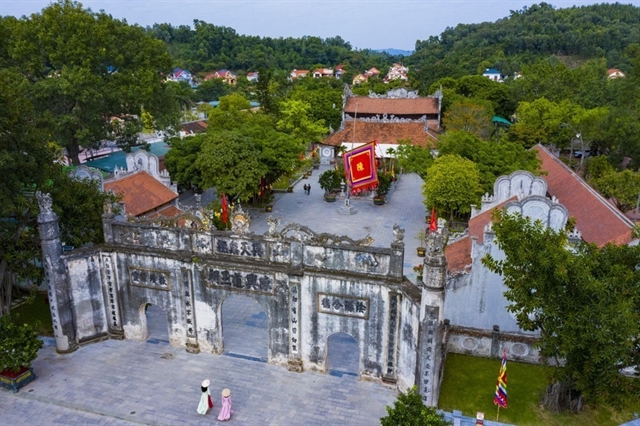 Life & Style
Life & Style
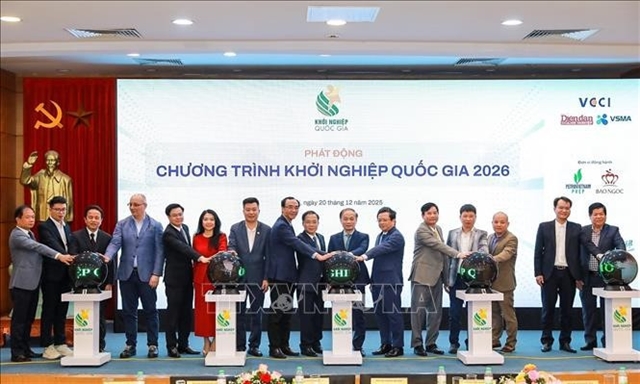
A ceremony to set up a cây nêu (New Year’s tree) on the 23rd of the last lunar month (January 20) will kick off a series of activities discovering Vietnamese traditional Tết (Lunar New Year festival) at the Việt Nam Museum of Ethnology.
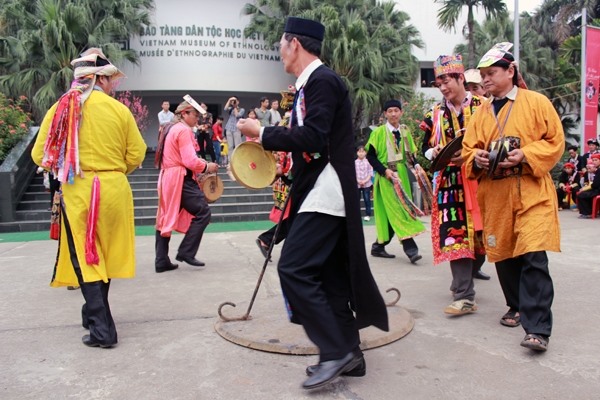 |
| Ethnic dance: Nùng people perform their traditional dance to celebrate new year at the Museum of Ethnology. — Photo courtesy of the museum |
HÀ NỘI — A ceremony to set up a cây nêu (New Year’s tree) on the 23rd of the last lunar month (January 20) will kick off a series of activities discovering Vietnamese traditional Tết (Lunar New Year festival) at the Việt Nam Museum of Ethnology.
Visitors will have a chance to learn about the process of preparing for Tết, such as wrapping chưng cakes and arranging offerings for the Land Genie and Kitchen Gods.
The annual museum programme titled Discovering Vietnamese Tết always attracts many people of different ages.
This year, artisans will speak with visitors and perform their skills in making Đông Hồ paintings, clay firecrackers, making tò he (toy figurines) from colourful wet powder and painting calligraphy.
The programme helps people explore the unique beauty of Lunar New Year celebrations across the country and take part in folk games of ethnic people in different regions.
For most Vietnamese people, Tết begins with the ceremony dedicated to the Land Genie and Kitchen Gods. On this day, each family is busy setting up their cây nêu and staging a farewell ceremony for the Land Genie and the Kitchen Gods on their yearly visit of Heaven. They will ride carps to deliver an annual report on the household’s activities to the God of Heaven.
It’s believed that they bless the household and maintain the kitchen fire, ensuring happiness and success for every member of the family. People also burn paper clothing, including hats, robes and boots, intended for use by the genies on their trip.
After the Kitchen Gods go to Heaven, families begin tidying and decorating their houses to usher in the New Year as they believe that a clean house represents a fresh start.
The museum will organise a Tết celebration with the theme of Sơn La Province Cultural Colours from January 31 to February 5.
Ethnic people from the northern province of Sơn La will join the event to introduce their cultural activities during Lunar New Year such as dancing, singing and folk games.
This year, visitors get the chance to taste the Tết flavour of Thái people with local specialties such as roasted pork, stir-fried buffalo meat, steamed purple sticky rice, rice cooked in bamboo tubes and wild vegetables.
The most-awaited firework burning ceremony to welcome the New Year will take place during the evening of February 4.
It’s believed that burning fireworks drives evil away and creates an exciting atmosphere in the New Year.
The nine-storey firework tower consists of more than 1,000 firecrackers with different types creating brilliant light. An elderly man who is respected among the community will light the first firecracker. — VNS
 |
| Begin with a bang: People enjoy fireworks at the Museum of Ethnology. — Photo courtesy of the museum |

